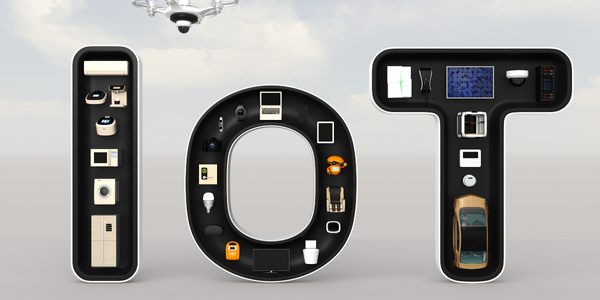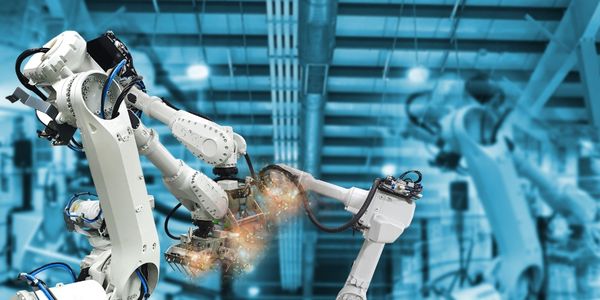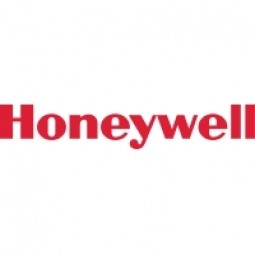下载PDF
AstraZeneca Enhances Product Traceability with Honeywell Forge
技术
- 功能应用 - 仓库管理系统 (WMS)
- 机器人 - 轮式机器人
适用行业
- 设备与机械
- 电信
适用功能
- 物流运输
- 仓库和库存管理
用例
- 拣选/分拣/定位
- 资产跟踪
服务
- 系统集成
- 培训
挑战
阿斯利康需要遵守越来越多的国家特定法规,要求产品可通过供应链进行追溯。为了满足这些规定,阿斯利康不仅要改变现有的仓库流程,还要为仓库和生产人员配备设备,使他们能够有效地记录产品到销售包装的移动。 AstraZeneca 还希望为检验员和销售代表提供直接在现场验证产品状态的方法。
客户
阿斯利康
关于客户
AstraZeneca plc 是一家英国-瑞典制药和生物技术公司,总部位于英国剑桥的剑桥生物医学园区。其产品组合主要针对肿瘤、心血管、胃肠道、感染、神经科学、呼吸和炎症等领域的主要疾病。它已参与开发牛津-阿斯利康 COVID-19 疫苗。
解决方案
产品可追溯性已成为整个制药行业的一项关键任务、许可操作要求
Honeywell Forge Track & Trace 之所以被选中,是因为它是市场上最适合此类涉及大量移动扫描设备(智能手机、叉车、拣货台等)的关键任务操作的解决方案。它开箱即用与 SAP Track & Trace 和 SAP WM/MM 集成,快速开发(一次构建并在 8 个不同平台上运行)以及对 3rd 方设备的安全支持使该平台非常适合满足全球跟踪和跟踪要求。
消费者体验也很重要,因为该应用程序必须非常易于使用,包括最少的培训,而 Honeywell Forge 也可以轻松实现这一点。
运营影响
数量效益
相关案例.

Case Study
Smart Water Filtration Systems
Before working with Ayla Networks, Ozner was already using cloud connectivity to identify and solve water-filtration system malfunctions as well as to monitor filter cartridges for replacements.But, in June 2015, Ozner executives talked with Ayla about how the company might further improve its water systems with IoT technology. They liked what they heard from Ayla, but the executives needed to be sure that Ayla’s Agile IoT Platform provided the security and reliability Ozner required.

Case Study
IoT enabled Fleet Management with MindSphere
In view of growing competition, Gämmerler had a strong need to remain competitive via process optimization, reliability and gentle handling of printed products, even at highest press speeds. In addition, a digitalization initiative also included developing a key differentiation via data-driven services offers.

Case Study
Predictive Maintenance for Industrial Chillers
For global leaders in the industrial chiller manufacturing, reliability of the entire production process is of the utmost importance. Chillers are refrigeration systems that produce ice water to provide cooling for a process or industrial application. One of those leaders sought a way to respond to asset performance issues, even before they occur. The intelligence to guarantee maximum reliability of cooling devices is embedded (pre-alarming). A pre-alarming phase means that the cooling device still works, but symptoms may appear, telling manufacturers that a failure is likely to occur in the near future. Chillers who are not internet connected at that moment, provide little insight in this pre-alarming phase.

Case Study
Premium Appliance Producer Innovates with Internet of Everything
Sub-Zero faced the largest product launch in the company’s history:It wanted to launch 60 new products as scheduled while simultaneously opening a new “greenfield” production facility, yet still adhering to stringent quality requirements and manage issues from new supply-chain partners. A the same time, it wanted to increase staff productivity time and collaboration while reducing travel and costs.

Case Study
Integration of PLC with IoT for Bosch Rexroth
The application arises from the need to monitor and anticipate the problems of one or more machines managed by a PLC. These problems, often resulting from the accumulation over time of small discrepancies, require, when they occur, ex post technical operations maintenance.

Case Study
Robot Saves Money and Time for US Custom Molding Company
Injection Technology (Itech) is a custom molder for a variety of clients that require precision plastic parts for such products as electric meter covers, dental appliance cases and spools. With 95 employees operating 23 molding machines in a 30,000 square foot plant, Itech wanted to reduce man hours and increase efficiency.





